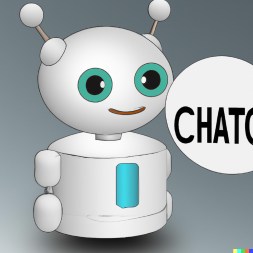
The first chatbot was ELIZA, created in 1966 by computer scientist Joseph Weizenbaum at MIT. ELIZA was designed to simulate a psychotherapist in natural language conversations and was based on pattern matching and substitution methods. ELIZA was designed to simulate a psychotherapist as a way to demonstrate the power of computer language processing. Joseph Weizenbaum aimed to show that people would attribute human-like understanding to a computer program if it used natural language and responded in a way that seemed human-like. He believed that the ELIZA program would highlight the superficiality of human-to-human communication and the tendency of people to project their own thoughts and feelings onto others, including computer programs.
For its time, ELIZA was considered a groundbreaking achievement in the field of computer science and AI. Despite its limited functionality and the fact that it relied solely on pattern matching and substitution techniques, ELIZA was able to engage users in seemingly intelligent conversations, leading many to believe they were communicating with a real therapist. However, by today’s standards, ELIZA would be considered basic and limited in its capabilities. Modern chatbots have advanced significantly, incorporating sophisticated machine learning algorithms and vast amounts of training data to deliver much more accurate and human-like responses.
Chatbots can offer various benefits and advantages, including: <continue reading>





